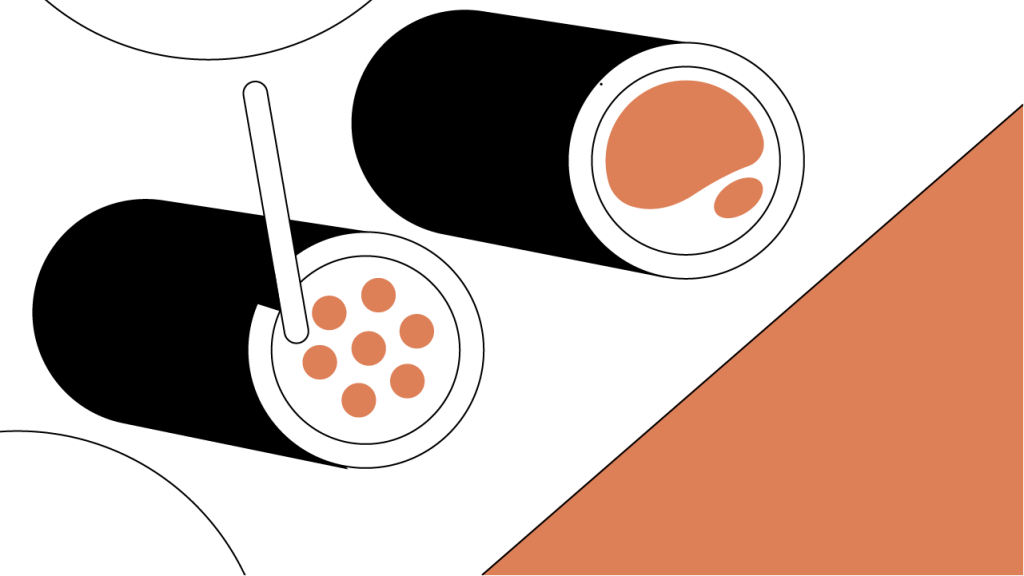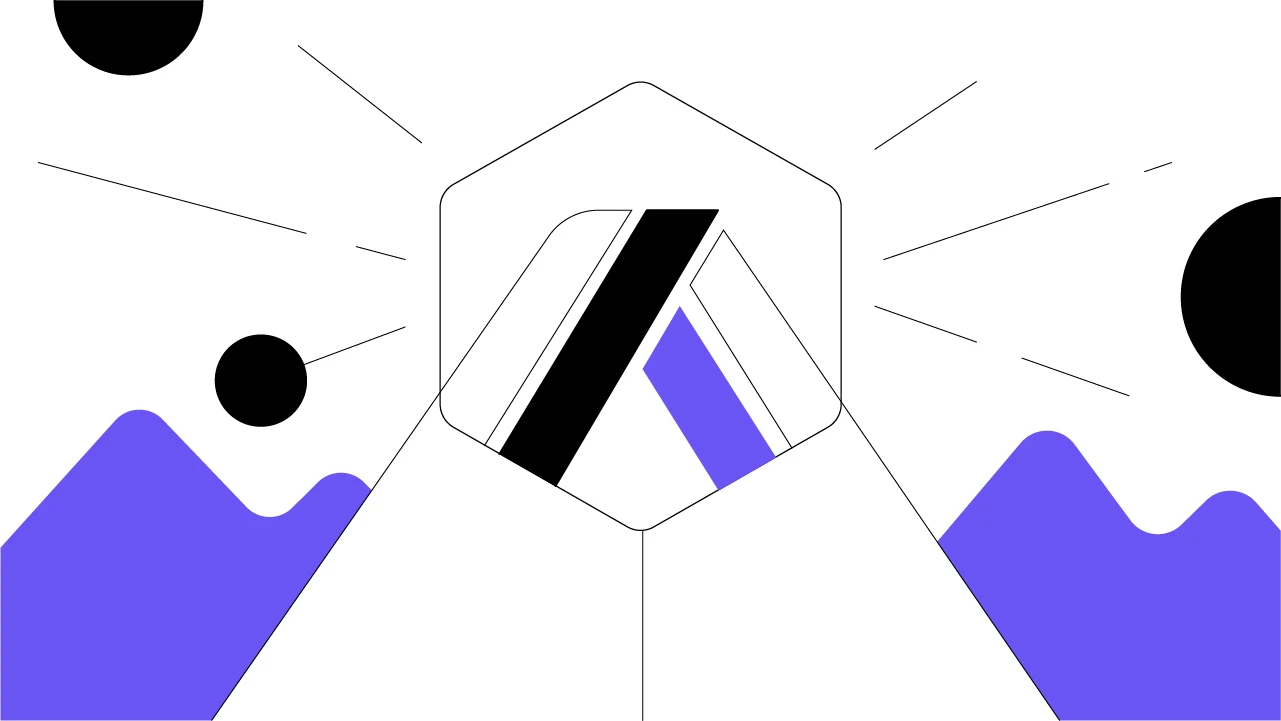Contents
Boba Network’s Advanced Ethereum Scaling Solution
Can Boba Network’s “optimistic” scaling solution disrupt the competitive Layer-2 Ethereum landscape?
By Alan Chiu, Founder, Boba Network
Updated March 22, 2022 • 4 min read

Summary
Formerly known as OMGX, Boba Network is a Layer-2 solution for Ethereum that utilizes Optimistic Rollups (ORs) to increase transaction throughput while lowering transaction costs. The boba token (BOBA) is the native asset of the network and can be staked to receive rewards; BOBA is also used for voting on Boba Network protocol changes through Boba’s decentralized autonomous organization (DAO). Boba Network has the ability to process Ethereum-based smart contracts; it can also deliver faster transaction confirmations and shorter staking withdrawal times than comparable projects. In addition to smart contract use cases, Boba Network can even be utilized for non-fungible token (NFT) transfers, Web3 projects, and numerous other applications within the decentralized finance (DeFi) ecosystem.
What Is Boba Network?
Boba Network (formerly OMGX) is an Ethereum scaling solution that launched its mainnet beta version in August 2021. Boba Network aims to reduce transaction and computation fees, increase throughput, and expand the capabilities of smart contracts on the Ethereum network. To achieve this, Boba Network uses Optimistic Rollups (ORs), a Layer-2 scaling solution that assumes transactions are valid unless they are challenged. If challenged, the transaction can be checked and verified via computation.
Boba Network is supported by both blockchain and artificial intelligence (AI) infrastructure company Enya and the OMG Foundation (formerly OMG Network and OmiseGo). Enya is a blockchain infrastructure company that serves as a key contributor to OMG, which was one of the earliest Layer-2 solutions for Ethereum. Enya and the OMG Foundation developed BOBA in order to provide a scalable platform for application development that is fully compatible with the Ethereum network, and that can ultimately help developers quickly create powerful and multifaceted applications.
Boba Network uses the boba token (BOBA) to facilitate governance and incentivize network growth and user adoption in the decentralized finance (DeFi) ecosystem. Other applications for Boba Network include utilization by non-fungible token (NFT) projects and powering Web3-enabled applications.
The Boba Network Crypto Airdrop and Boba Token Uses
The Boba Network’s native governance token BOBA was airdropped to OMG token holders on a 1:1 basis. A snapshot took place on November 12th, 2021, and the actual BOBA crypto airdrop took place on November 19th, 2021. BOBA is designed to serve a variety of functions on the Boba Network, including:
Governance: The BOBA crypto asset is used for governance of the Boba Network’s decentralized autonomous organization (DAO). Much like other DAOs, the Boba DAO will be used to vote on network changes and support user initiatives.
Staking rewards: Users who choose to stake BOBA on the network can earn a percentage on network transaction fees. These staking rewards are distributed on-chain and governed by the Boba Network community through the Boba DAO.
Network growth: BOBA is also used to fund the Boba Network via numerous mechanisms and incentives. A portion of the BOBA crypto supply is allocated to a treasury to support the network. This is meant to fund a number of initiatives, including a bug bounty program, liquidity mining rewards, and other use cases decided by users through Boba DAO governance.
The Cryptoeconomics of BOBA and the Boba Network
The initial circulating supply of BOBA is approximately 160 million. This is equivalent to the current circulating supply of OMG (around 140 million), plus an additional 20 million BOBA. This additional BOBA is meant to provide crypto liquidity and fund an airdrop bonus. Following the airdrop, the BOBA token supply will incrementally increase over a four-year period until the max BOBA supply of 500 million is reached. The final hard-capped BOBA allocation will be divided and distributed to four key stakeholders:
OMG holders: Around 140 million tokens were distributed to OMG holders via the BOBA airdrop. This equates to 28% of the max supply of BOBA.
Strategic investors: Approximately 50 million are allocated to early investors; this equates to 10% of the total BOBA token supply.
Current and future team: Roughly 100 million will be given to current and future team members; this is equal to 20% of the final BOBA supply.
Boba Network treasury: The remaining 210 million BOBA will be distributed to the treasury, which accounts for 42% of the total supply. To fund the treasury, some of the Boba Network fees will be utilized to purchase BOBA on behalf of the treasury. These BOBA tokens will then be deployed to develop the Boba Network ecosystem. Some use cases of these funds include: liquidity pool incentives, bug bounties, ecosystem grants, and various incentive programs to bootstrap DeFi adoption and increase total value locked (TVL) on the Boba Network.
The tokens for both team members and investors are locked for the first year. Following the lock-up period, tokens will be linearly distributed over the following three years on a quarterly basis. While OMG was used to pay for fees on the OMG Foundation network, ether (ETH) will be used to pay for the transaction fees on the Boba Network. According to the team, the rationale was that ETH is much more widely held — they didn’t want BOBA holding to be a pain point for transactions when first using the network. There are tentative plans in the works to incorporate other crypto options for transaction fee payments in the future.
Boba Network’s Layer-2 Solutions and Tech Features
One notable feature of Boba Network is its compatibility with the Ethereum Virtual Machine (EVM). As it is EVM-compatible, it is theoretically possible for Boba Network to execute any smart contract currently running on Ethereum. With its BOBA token, this ostensibly makes Boba Network the first tokenized Layer-2 solution that’s EVM-compatible.
Another aspect that sets Boba Network apart is the short withdrawal period. Whereas most major Optimistic Rollup solutions have staking withdrawal periods of around a week, Boba Network’s liquidity pools can shorten fund withdrawal waiting periods to a few minutes; shortened confirmation times also extend to crypto transfers. Whether you’re transferring from Layer-1 to Layer-2, or vice versa, you should be able to receive a confirmation time of around a minute. Beyond that, you can even achieve this confirmation time when transferring between Layer-2 protocols — provided they are also EVM-compatible. This can allow you to use Boba Network to make Layer-2-to-Layer-2 transactions with projects such as Polygon and Binance Smart Chain.
Boba Network has also expanded some of the features for Ethereum-based smart contracts. A smart contract developer has the ability to bring off-chain algorithms on-chain via the Boba Network, opening up more advanced machine learning and calculation models. This should allow Ethereum developers to execute decentralized application (dApp) calculations on-chain, which has been generally unfeasible — or too costly — on the Ethereum blockchain. These innovations are designed to help smart contracts produce richer, more scalable, and easier-to-design applications with greater utility that can be more competitive and attractive not only within the blockchain ecosystem, but also when compared to the traditional Web2 infrastructure.
The Future of the Boba Network
Beyond its existing use cases, there is a wide array of possibilities for Boba Network including digital collectibles, gaming, identity management, supply chain, DeFi, and healthcare. The protocol even features an NFT bridge, through which users can leverage Ethereum’s notable NFT ecosystem and its lower transfer costs and quicker confirmation times. Boba Network has several partnerships with other notable blockchain-based projects, including cross-chain protocol Anyswap and decentralized application programming interface (API) project API3. While not the first Layer-2 solution to implement ORs, Boba Network has developed significant advantages that bode well for its rapidly-expanding role in the competitive Ethereum-based Layer-2 landscape.
Cryptopedia does not guarantee the reliability of the Site content and shall not be held liable for any errors, omissions, or inaccuracies. The opinions and views expressed in any Cryptopedia article are solely those of the author(s) and do not reflect the opinions of Gemini or its management. The information provided on the Site is for informational purposes only, and it does not constitute an endorsement of any of the products and services discussed or investment, financial, or trading advice. A qualified professional should be consulted prior to making financial decisions. Please visit our Cryptopedia Site Policy to learn more.

Author
Alan Chiu
Founder, Boba Network
Alan is the founder of Boba Network. Alan also serves on the Stanford Graduate School of Business Alumni Board and the board of Stanford Angels & Entrepreneurs.
Is this article helpful?


